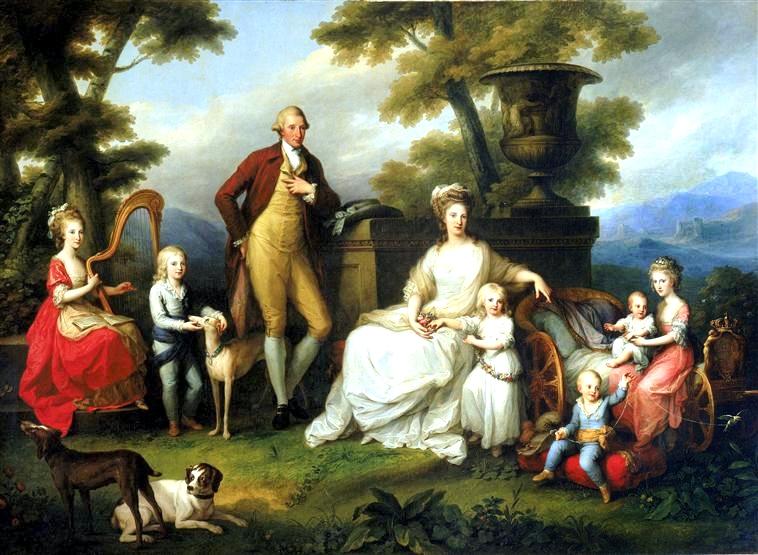The Utopian Colony of San Leucio

The area around San Leucio came into the possession of the Bourbons of Naples in 1750 and was chosen to be part of Charles’ unusual social experiment, the creation of a new town of San Leucio centering around a silk factory housed in the main building, the Belvedere, an ex-hunting lodge. Acting on the advice of Bernardo Tanucci, the minister of state of the kingdom, Charles sent the youths of the area off to France to learn the silk-making trade. Charles, however, abdicated to return to Spain in 1759, leaving the entire project in the hands of his son, Ferdinand, who was a minor and not well-educated, but was guided for a number of years by Tanucci, his regent, and later by his wife, Queen Maria Carolina of Austria, the sister of Marie Antoinette.
In 1778, based on plans drawn up by architect Francesco Collecini, the Royal Colony of San Leucio came into being. Later statutes from 1789 legislated the progressive policies of the town and its citizens: each family received a house in the colony; mandatory schooling for both boys and girls was instituted; silk workers put in 11-hour days (less than the 14-hour day common across Europe at the time); the houses within the colony had running water, and health services were provided for the workers. Men and women worked together and were treated equally. Private property was abolished and workers put a portion of their pay into a common fund to provide for the needs of all, including the elderly and the sick. The colony had an elected assembly. In short, it was an attempt to put the philosophy of the Age of Enlightenment into practice.

However, the whole finished project—a utopian town of royal silk weavers living in social harmony in the new city centered on the new Royal Palace wherein resided the Platonic benevolent monarch—was never fully realised. Tanucci went into severe eclipse once Ferdinand’s wife, Carolina got a place on the council of state; there was a revolution in 1799, then a French invasion in 1806, then a restoration in 1815, and so forth, into the new century, leading up to the unification of Italy in 1861. Royal palaces of defunct dynasties thereafter became quaint museums. The silk factory, however, did survive long enough to produce cloth and sails for an international market. San Leucio now is home to a silk museum with some original old looms and machinery restored and on display.
*Story by Jeff Matthews - from Naples: Life, Death, and Miracles *

